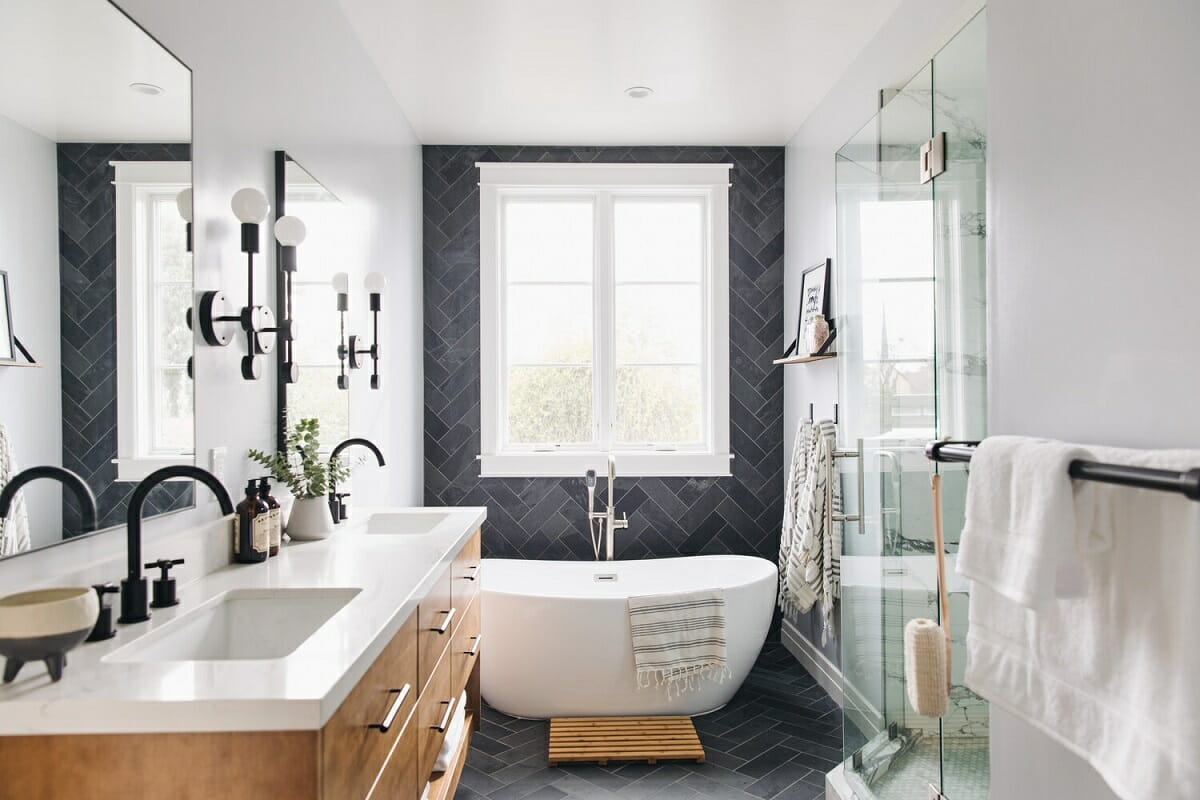Coraline house is more than just a setting—it’s a gateway to a world of mystery, danger, and self-discovery. From its eerie Victorian architecture to its hidden portals and symbolic details, the house plays a central role in Neil Gaiman’s Coraline. This guide will help you uncover the secrets of Coraline house, both in the real world and the Other World, and explore its deeper meanings.
The Real World: The Pink Palace Apartments
The Pink Palace Apartments, where coraline house and her family move, is a dilapidated Victorian mansion divided into three units. Its history is shrouded in mystery, with hints of disappearances and supernatural occurrences.
- Architectural Style: The house’s Victorian design, with its ornate details and faded grandeur, sets the tone for the story’s gothic atmosphere. The pink exterior contrasts with the drab, lifeless interiors of Coraline’s real world, symbolizing the duality of appearances versus reality.
- Hidden Spaces: The house features a bricked-up crawl space that serves as the portal to the Other World. This small, seemingly insignificant detail becomes the gateway to Coraline’s adventure, emphasizing the theme of hidden dangers lurking beneath the surface.
The Other World: A Distorted Reflection
The Other World is a twisted mirror of the Pink Palace, designed to lure coraline house into a false sense of security. While it appears vibrant and perfect, it hides a sinister underbelly.
- Design and Symbolism: The Other World’s house is a dazzling spectacle of bright colors, sparkling chandeliers, and whimsical details. However, these elements are exaggerated to the point of unease, reflecting the Other Mother’s manipulative nature. For example, the garden in the Other World is revitalized to form Coraline’s face, but the plants used—such as pitcher plants and trumpet vines—are carnivorous or toxic, symbolizing the danger beneath the beauty.
- The Welcome Cake: One of the first things Coraline encounters in the Other World is a “Welcome Home” cake. The double-looped “O” in “Welcome” is a graphological symbol of deception, foreshadowing the Other Mother’s true intentions.
Symbolic Details in the House
Every corner of Coraline’s house is filled with symbolic details that hint at the story’s darker themes.
- Bug Wallpaper: In Coraline’s real-world living room, the wallpaper features a faint bug pattern. This subtle detail foreshadows the Other Mother’s obsession with insects, which she later consumes in her true form.
- The Doll: The film opens with the Other Mother repurposing a doll to resemble Coraline. The tools she uses are 18th-century embalming instruments, hinting at the fate that awaits Coraline if she stays in the Other World.
- The Secret Well: The well in the garden is marked by a ring of mushrooms, which folklore associates with fairy rings—portals to other dimensions. This detail reinforces the idea that the well is another gateway to the Other World.
The House as a Reflection of Coraline’s Journey
The house serves as a metaphor for coraline house from childhood to maturity.
- Real World vs. Other World: The drab, lifeless interiors of the real-world house reflect Coraline’s feelings of neglect and boredom. In contrast, the Other World’s vibrant but dangerous environment represents the allure of escapism and the risks of losing oneself in fantasy.
- The Garden: The garden in the Other World, shaped like Coraline’s face, symbolizes her growing self-awareness. By the end of the film, she plants red tulips in the real-world garden, signifying her return to reality and her newfound strength.
Exploring the House’s Mysteries
To fully appreciate the house’s role in coraline house, consider these key moments and their significance:
- The Hidden Door: The discovery of the bricked-up door ignites Coraline’s curiosity and sets the stage for her adventure. It symbolizes the boundary between the ordinary and the extraordinary.
- The Mirror: When Coraline returns from the Other World and finds her parents missing, she discovers them trapped in a mirror. The mirror represents the parallel universe, which literally mirrors Coraline’s real world but with unsettling differences.
- The Key: The key to the door at the end of the corridor represents safety and freedom. Coraline and the Other Mother undergo a fierce fight for the key, with Coraline emerging victorious in the end.
The House in Adaptations
The house’s design has been brought to life in various adaptations, each adding its own layer of interpretation.
- Film Adaptation: The stop-motion animated movie captures the essence of Gaiman’s story, with the house’s interiors meticulously crafted to reflect both the real world’s drabness and the Other World’s eerie perfection.
- Stage Adaptations: Some stage productions use innovative set designs to recreate the house’s dual nature, emphasizing its role as a character in its own right.
Conclusion
Coraline’s house is a masterpiece of design and symbolism, blending whimsy with darkness to create a setting that is both enchanting and unsettling. Every detail, from the wallpaper to the garden, serves a purpose, enriching the story and deepening its themes. As fans continue to uncover new secrets, the house remains a testament to the film’s enduring legacy.




